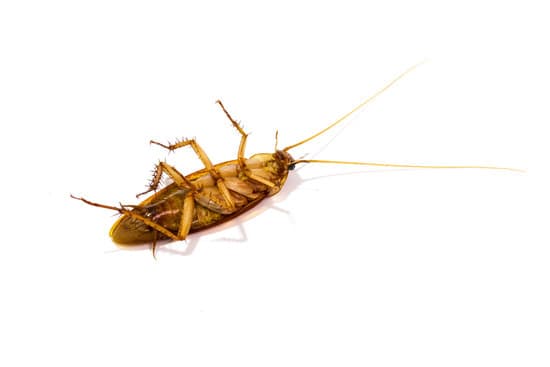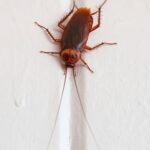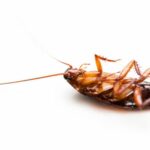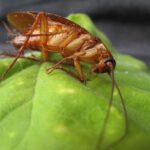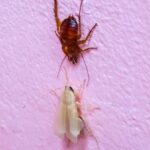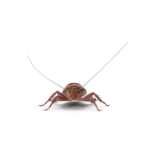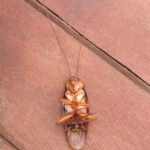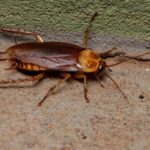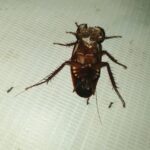Why Can’t Cockroaches Flip Over?
Cockroaches have an interesting structure compared to other animals. They have a flattened body with a slightly rounded back, which is useful for crawling into cracks and crevices. They also have a high center of gravity, meaning that their weight is distributed around their backs. However, these characteristics make it difficult for them to flip over on their own, which is why they are often found on their backs.
Cockroaches’ long legs and their high center of gravity help them stay upright. They are able to maneuver around these features quite well when they are young, but as they get older, their legs become weaker and they will find it difficult to return to an upright position.
Another factor that may make it impossible for cockroaches to flip over is the presence of insecticides, which have a direct effect on their nervous system. These chemicals bind to muscles and cause them to spasm. The insects will be unable to flip over on their own, limiting their ability to collect food and water.
The poisonous insecticides that cockroaches are exposed to are usually a neurotoxin, which attacks the central nervous system. The toxins weaken the insect’s muscles, causing them to flip over and die. In addition to being poisonous, they also reduce the cockroach’s ability to digest food and absorb water.
